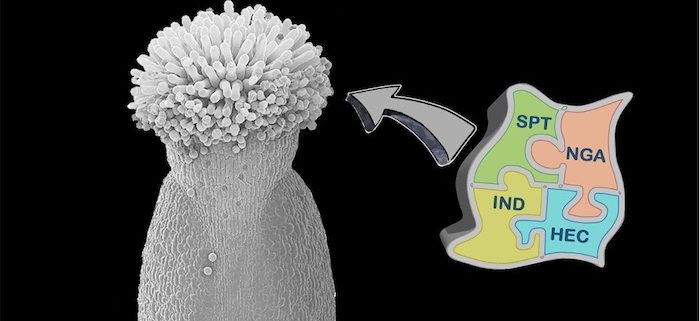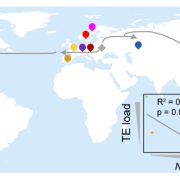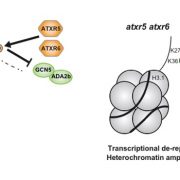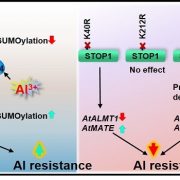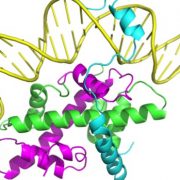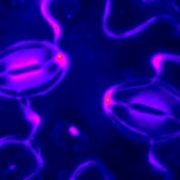The queen’s crown: Team-building the stigma at the top of the pistil
By Cristina Ferrándiz
Instituto de Biología Molecular y Celular de Plantas, CSIC-UPV
Background: The stigma is a specialized tissue that forms at the top of the pistil, the female organ of the flower. The stigma is essential for catching and germinating pollen grains and for ensuring that only the correct pollen species enter the pistil and fertilize the ovules. A proper stigma is key for the reproductive success of flowering plants and the production of fruits and seeds in crops. It is therefore important to understand the genetics behind stigma development. In Arabidopsis, several transcription factors are required for stigma formation, but most of them are also important for the development of other tissues in the pistil and even other organs outside the flower.
Question: Until now, it was not clear how these transcription factors organize the chain of command to specifically form the stigma and no other tissues at the right developmental time and spatial domain.
Findings: Using Arabidopsis, we performed genetic and molecular analyses to propose a model that explains how these factors work together to promote stigma differentiation. We show that there is a strict requirement for the simultaneous presence of NGATHA transcription factors and different members of the bHLH family (HECATE, INDEHISCENT, and SPATULA) to allow stigma formation. We also found that this requirement is likely mediated by the formation of a protein complex that affects the DNA binding properties of these factors to their targets. The composition and the dynamic incorporation of the different factors to the complex may explain the specificity of its developmental outcome: we propose that these multifunctional transcription factors achieve specificity in their common role in stigma development by overlapping in time and space.
Next steps: We want to know if similar complexes direct stigma formation in other species, and if this evolutionary novelty might be linked to tinkering with ancestral factors that gained the ability to combine and produce this new tissue, which is characteristic of (and specific to) flowering plants. Also, we want to know if different combinations of these and additional transcription factors could direct the formation of other pistil tissues, such the style or ovary.
Patricia Ballester, M. Angeles Martínez-Godoy, Miguel Ezquerro, Marisa Navarrete-Gómez, Marina Trigueros, Manuel Rodríguez-Concepción, and Cristina Ferrándiz (2021). A transcriptional complex of NGATHA and bHLH transcription factors directs stigma development in Arabidopsis. https://doi.org/10.1093/plcell/koab236


